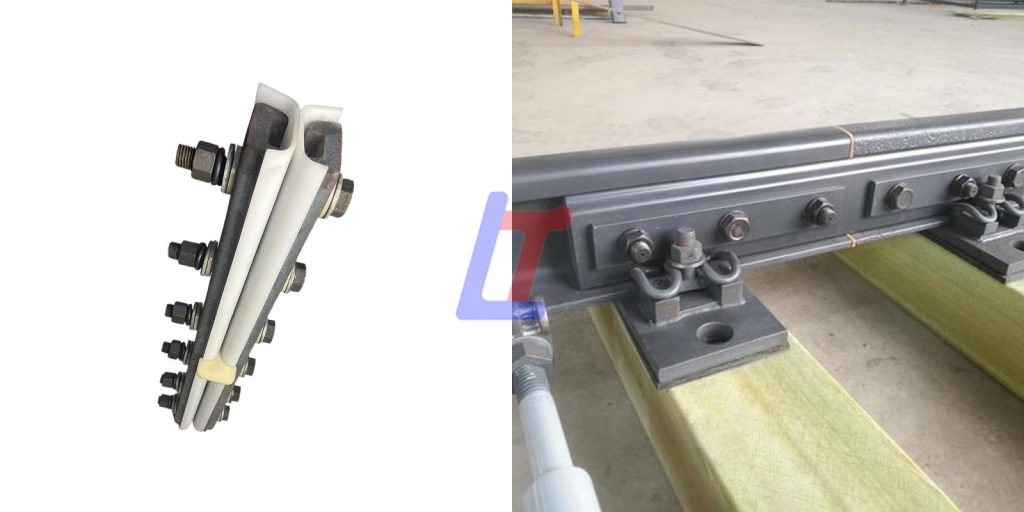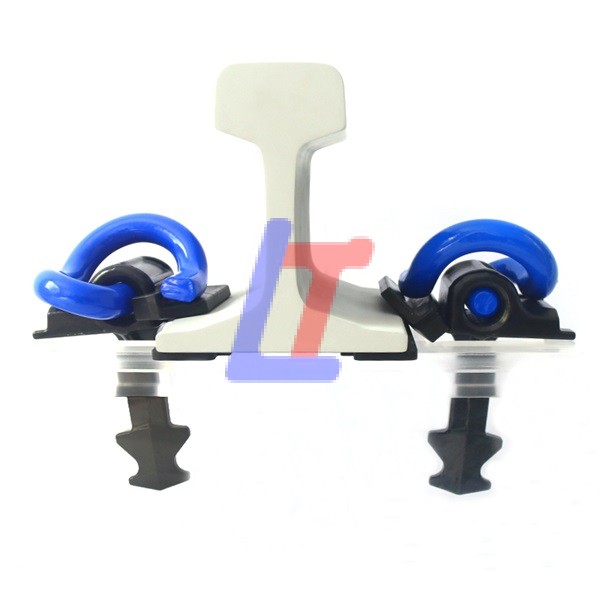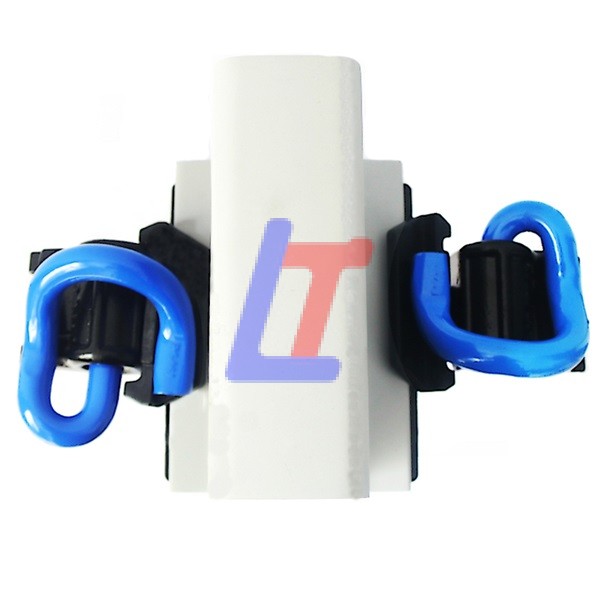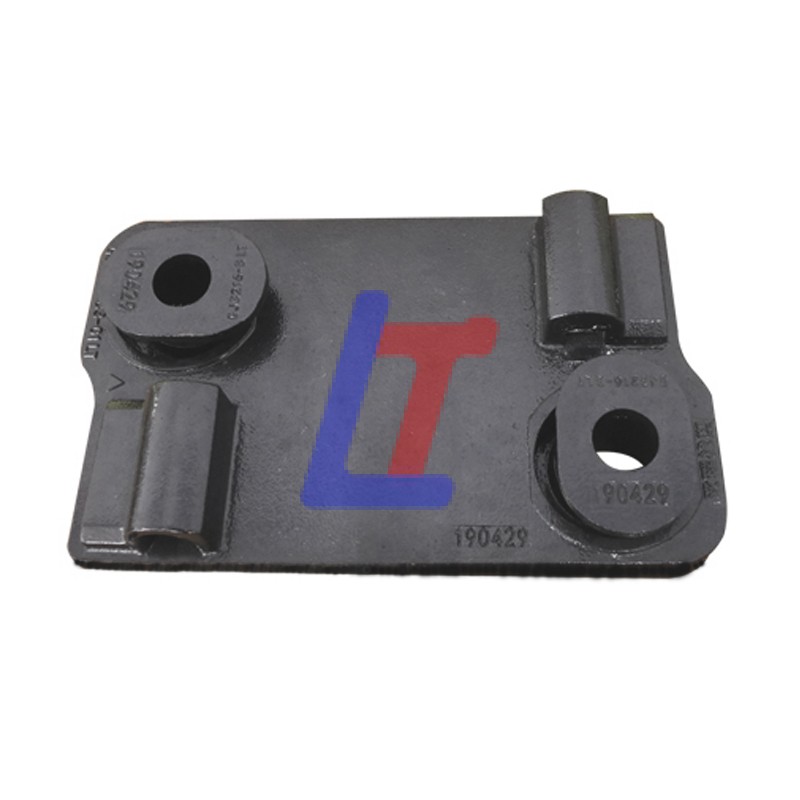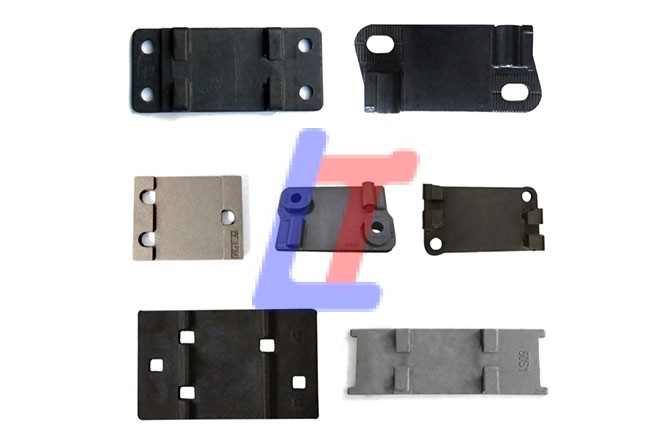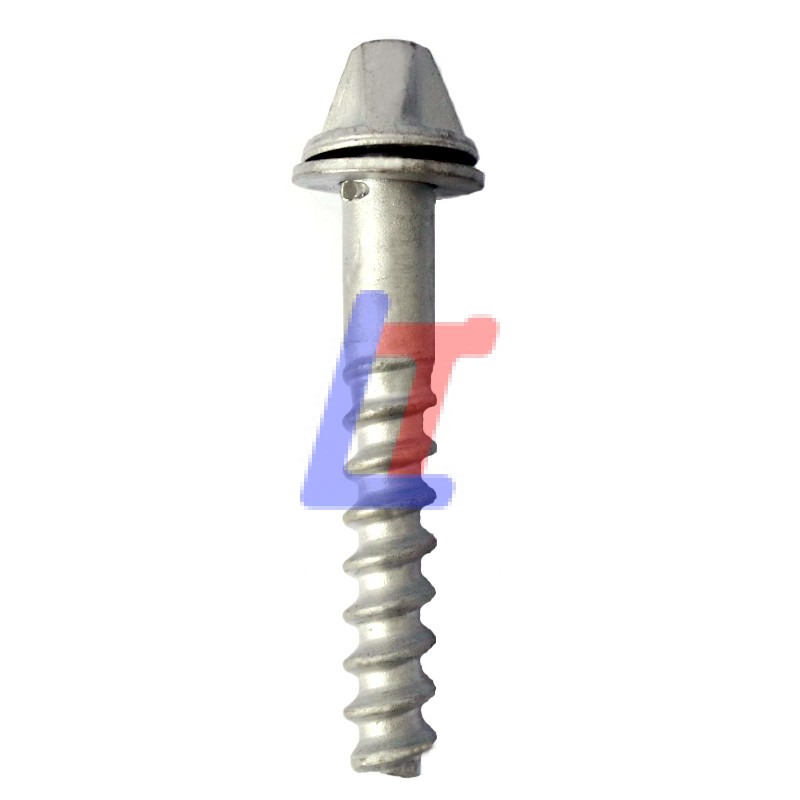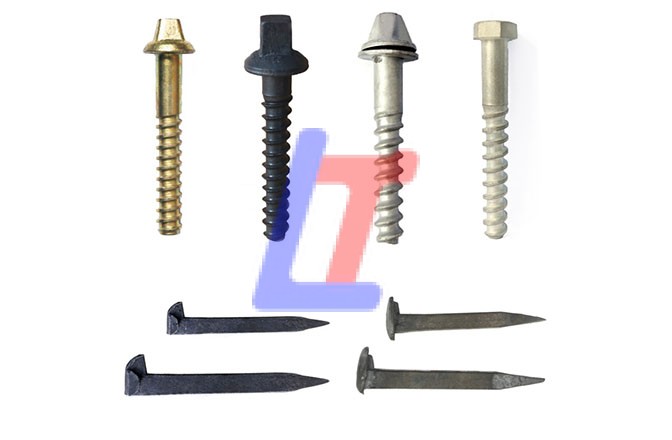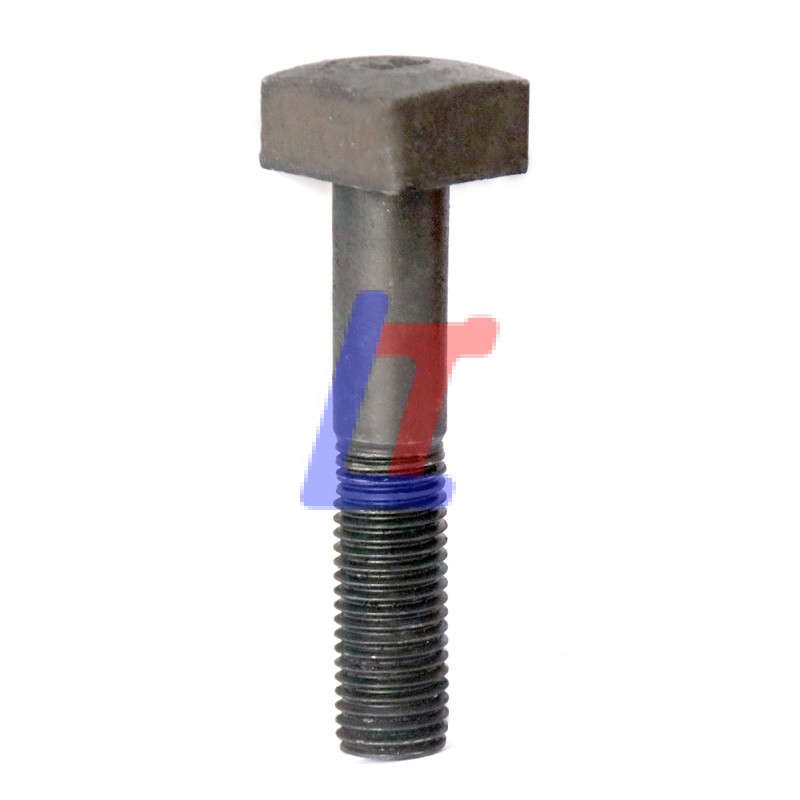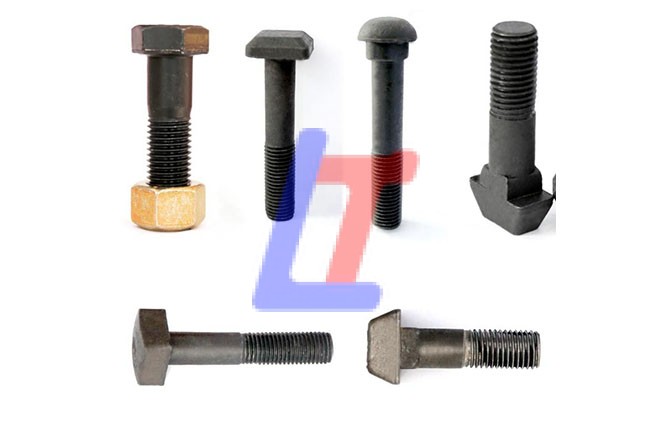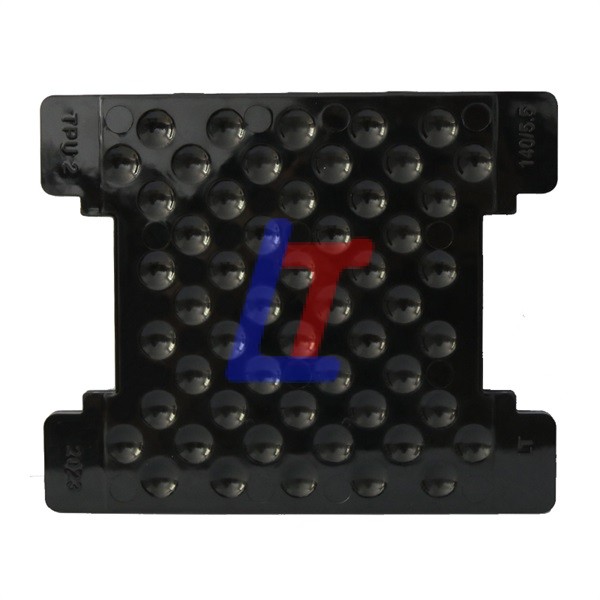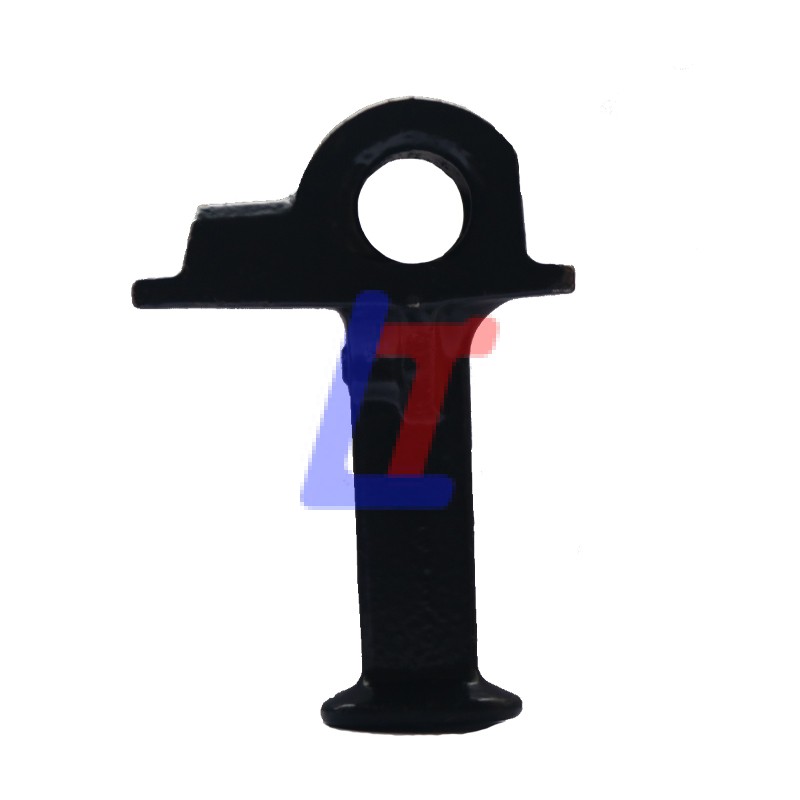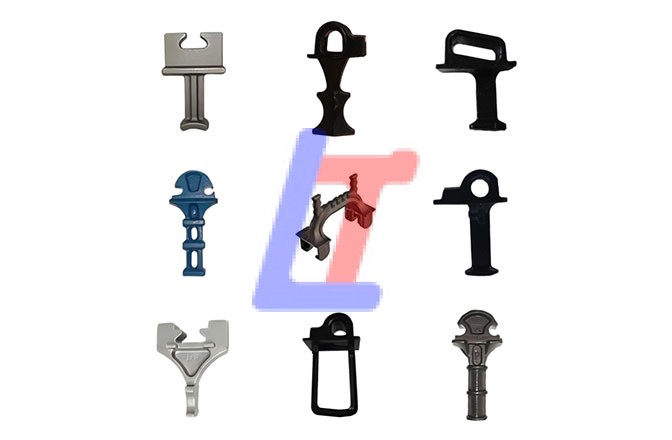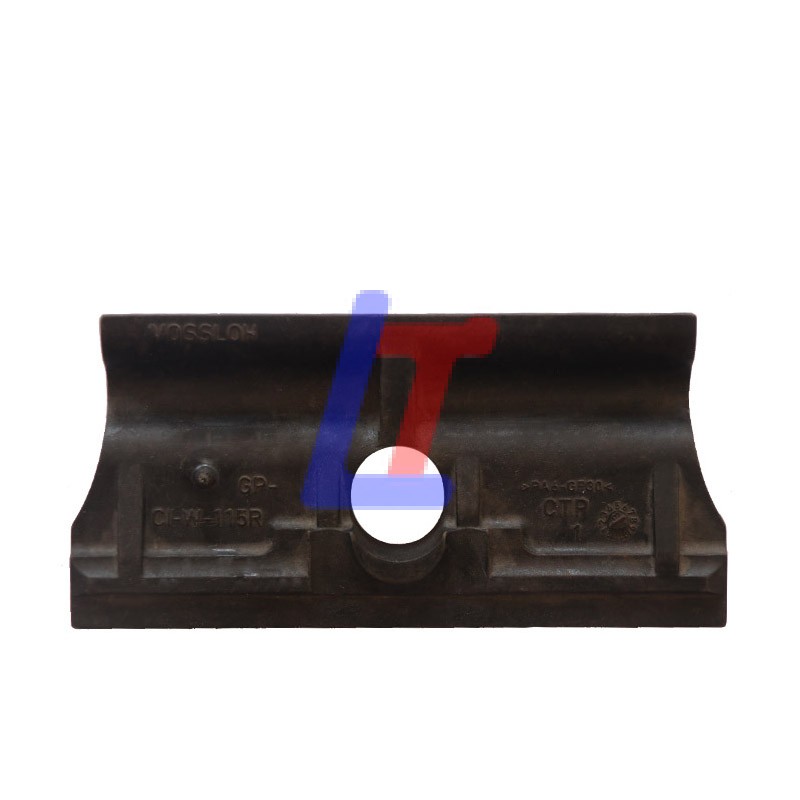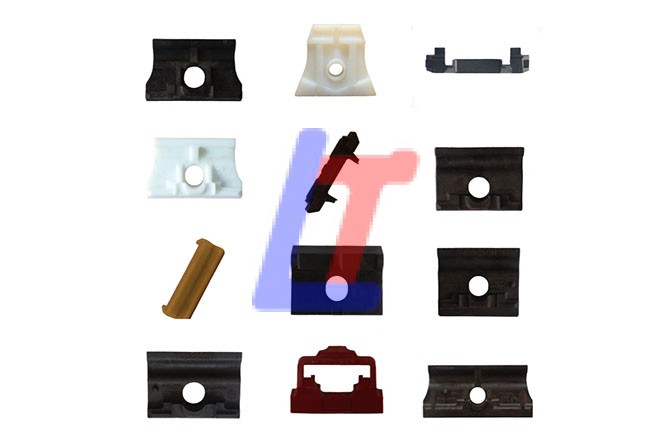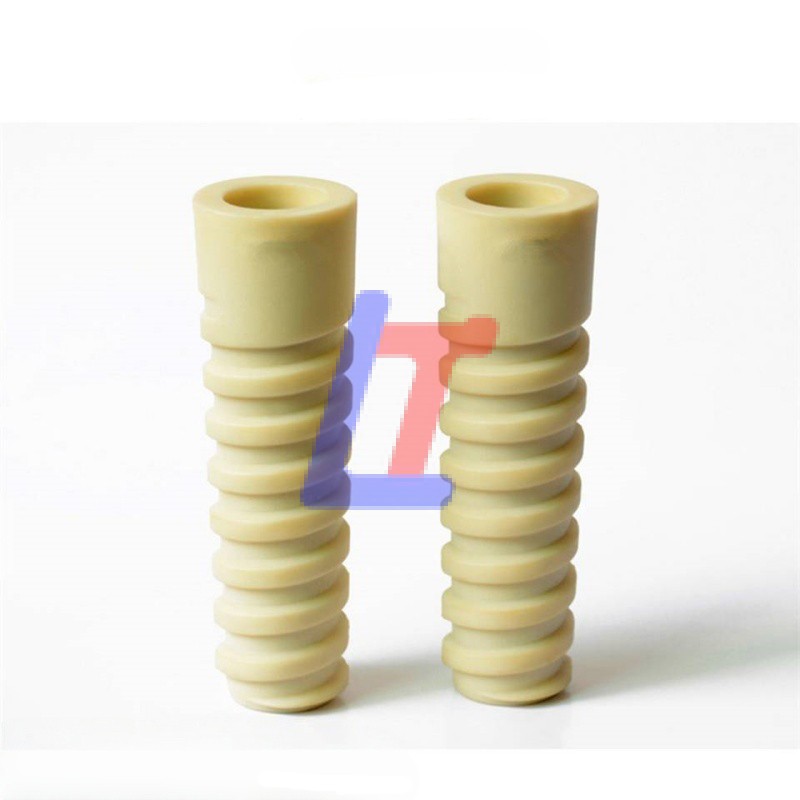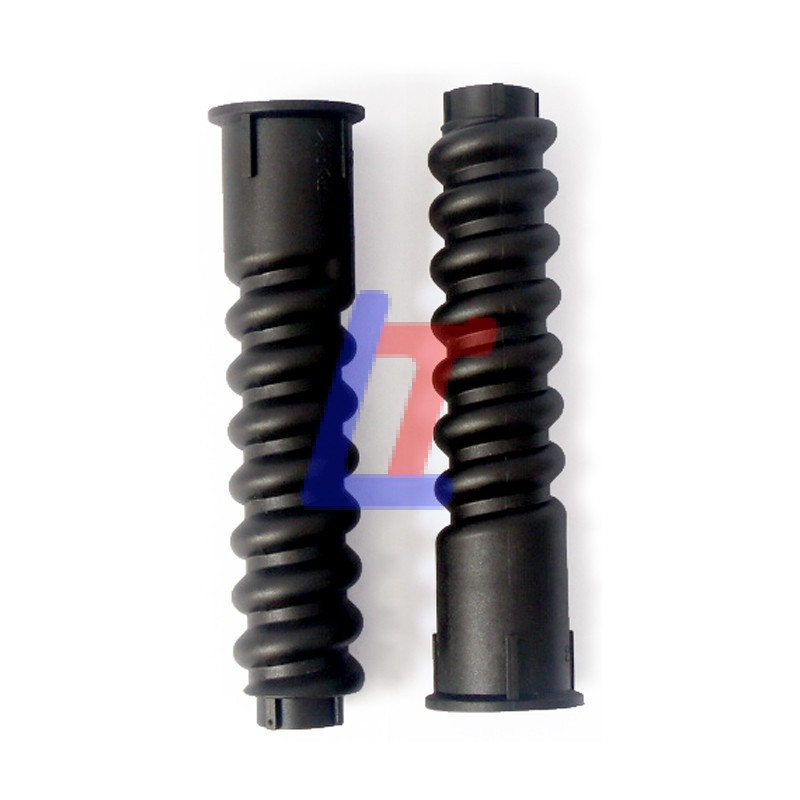What is a rail fish plate
Rail fish plates, also known as rail joint bars or splice bars, are metal components used to connect the ends of two rails. There are several types, categorized by their function and application. Common types include standard fish plates, joggled fish plates, compromise fish plates, and insulated fish plates.
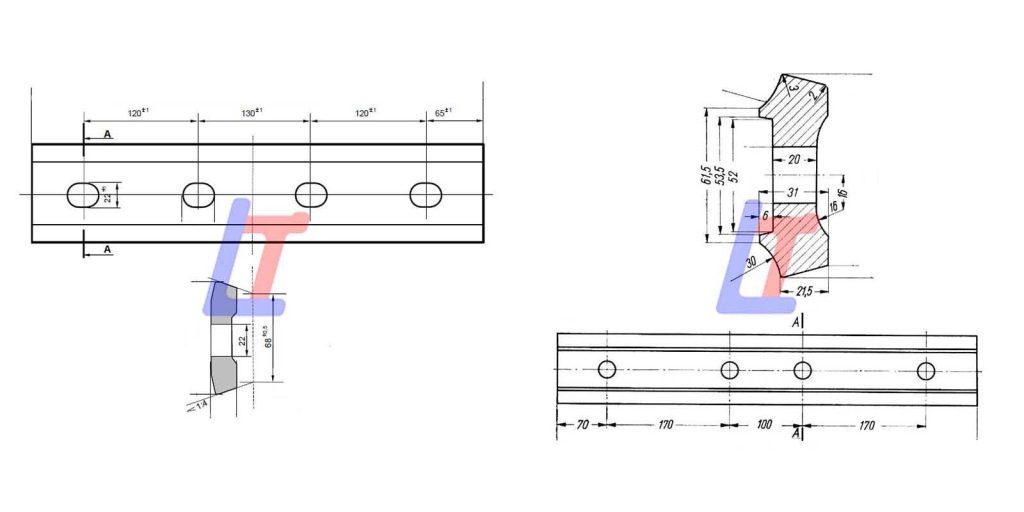
Classification of rail fish plate:
1.Standard fish plate: These are the most common type and are used for general rail connections. They are typically made of medium or high carbon steel and can have either four or six bolt holes.
Key features and functions of standard fish plates
Types: Standard fish plates are the most common type and are designed for joining rails of similar sizes and profiles. Other types include compromise joint fish plates for joining rails of different sizes and insulated fish plates for maintaining electrical isolation in electrified systems.
Materials: Manufacturers typically make them from medium or high carbon steel.
Bolt Holes: Standard fish plates typically have multiple bolt holes to accommodate bolts that secure the plate to the rails.
Standards: Manufacturers produce fish plates to various international standards, including AREMA, DIN, UIC, and BS, among others.
Joining Rails: The primary function is to join two rail ends together, creating a continuous track.
Maintaining Alignment: Fish plates help maintain the proper alignment of the rails, preventing misalignment and unevenness.
Ensuring Stability: By securely connecting the rails, they contribute to the overall stability of the track. Especially under heavy loads and high-speed traffic.
Impact Absorption: The design of fish plates helps to reduce the impact of train wheels on the rail joints. Minimizing wear and tear on the rails and rolling stock.

2.Joggled Fish Plates: Railway engineers use joggled fish plates (also called joint bars or splice bars) as specialized components in railway tracks. They design these plates with a central bulge or projection to accommodate the weld collar of newly welded rail joints or to repair cracked/fractured welded rail joints. This design helps reduce the impact of train wheels on the rail joint and maintain the continuity of the rail line, even during emergency repairs.
Key features and functions of joggled fish plate
Emergency Repairs: Railway maintenance crews rely on them to quickly and temporarily repair cracked or broken rail joints. Enabling trains to continue operating at reduced speeds until workers complete permanent repairs.
Protecting Welds: They help protect welded rail joints from the stress and impact of train wheels. Improving their longevity and reliability.
Connecting Different Rail Sections: Railway workers can also use them to connect sections of rail with slightly different profiles.
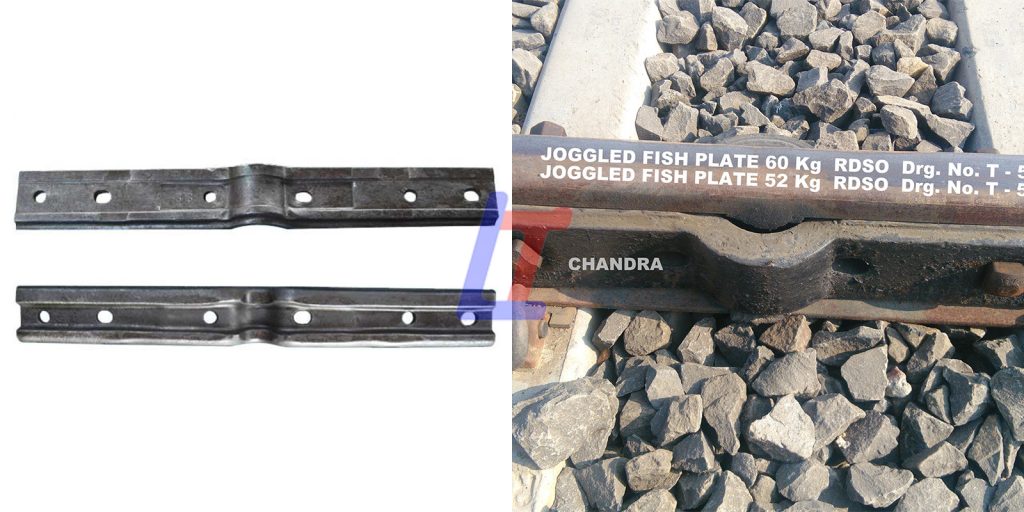
3.Compromise fish plates: Railway engineers use compromise fish plates as specialized rail joint components to connect sections of track with different rail profiles or sizes. They design these plates to create smooth transitions between differing rail sections, which maintains proper alignment and gauge. These plates prove particularly useful in railway turnouts or sections where different rail types share the same line.
Key features and functions of joggled fish plate
Purpose: Compromise fish plates bridge the gap between rails with different dimensions. Like those found in turnouts or where older rail sections meet newer ones.
Design: Engineers specifically shape them to accommodate the rails’ differing profiles. Ensuring proper alignment of both the rail head (top) and the gauge (distance between rails).
Structure: Manufacturers typically design these plates with a non-standard shape and may construct them from multiple pieces to accommodate varying rail profiles.
Advantages: Compromise fish plates enable connection of different rail types on a single track and allow adjustments for slight track shifts.
Disadvantages: They are typically custom-made and may have limitations in terms of the specific joint setups they can accommodate.
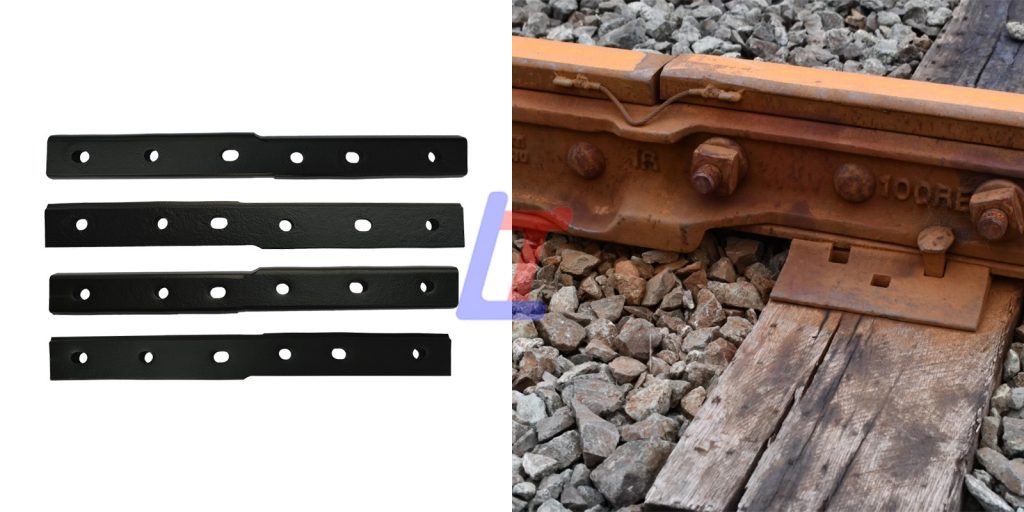
4.Insulated fish plates: Insulated fish plates (or insulated joint plates) serve as specialized rail joints to electrically isolate adjacent sections of track. Specifically, they are crucial for railway signaling systems. As they play a key role in preventing electrical currents from interfering with track circuits. As a result, this isolation ensures the accurate detection of train locations and ultimately contributes to reliable signaling.
These fish plates prevent electrical currents from passing between the rail ends—a function essential for signaling and track circuit systems. Experts further categorize insulated joints into:
Glued Insulated Rail Joints: Engineers commonly use these in main lines for high-speed trains and design them to avoid failures of insulation joints. Especially in long welded rails.
Insulated Rail Joints (Class A, B, and C): Manufacturers may make these of special wood, nylon 66, or glued materials, with each material suited for different track conditions and train speeds.
Key features and functions of Insulated fish plate
Safety: Insulated fish plates prevent false signals and ensure the correct operation of train detection and signaling systems. Contributing to overall railway safety.
Reliability: By preventing electrical interference, they enhance the reliability and accuracy of train detection and signaling. Minimizing the risk of accidents or delays.
Modern Railway Systems: In modern railways, particularly those with continuous welded rail (CWR). Insulated fish plates are essential for maintaining the integrity of signaling systems.
